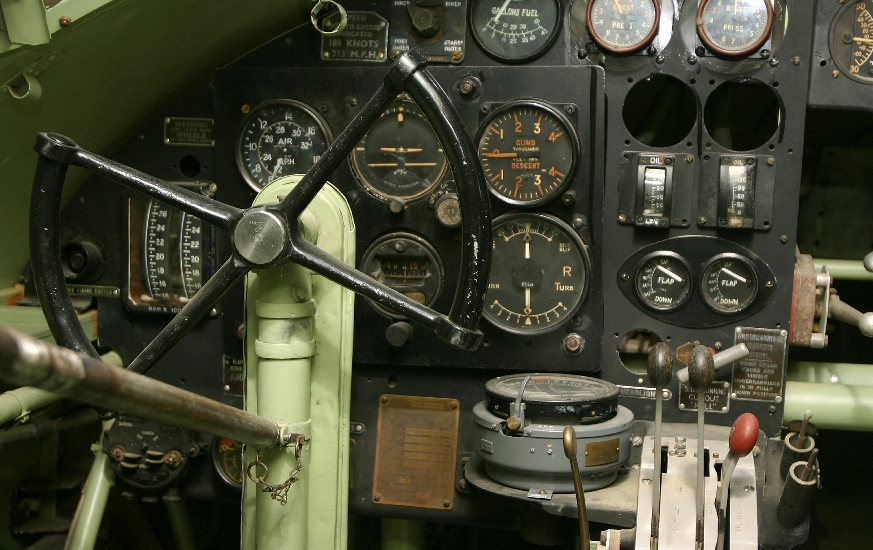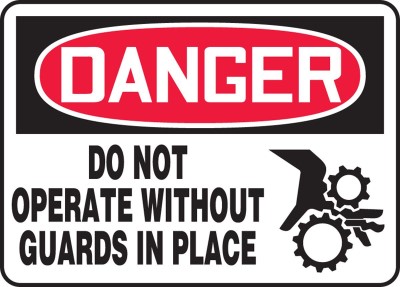Human factors is the study of how people interact with and interpret the conditions of their environment and refers to the design of machines, machine systems, work methods, and environments to specifically take into consideration safety, comfort, and productiveness of the user. Ergonomics is the science of designing and arranging things for people to use efficiently and safely and poses questions like: Where is the optimal placement of AED signs and equipment? In a location easily accessible for emergent use? Where are the emergency stop button controls for machines and equipment in relation to where the operator is positioned? Origins started with the location, placement, size, color, and function of controls as well as concern for repetitive motions in manufacturing. Most of our constructed world involves the study and implementation of human factors, such as office chair and desk heights, the width of hallways and exits, or the amount of lighting in various spaces.
As a result, human error is typically directly or indirectly responsible for most accidents and often many product and premises liability cases require a human factors expert to be involved. The expert will determine if human interaction with the product or building element was reasonable and acceptable. The knowledge and expertise of a human factor’s expert allows them to evaluate the capabilities and limitations of human beings in relation to a specific environment on a case-by-case basis.
Dominant human factors include presence of visual cues for changes in elevation: such as lighting, presence of handrails, contrasting colors and shapes, and the location of warning signs. Moreover, slip and fall cases have a human factors component of gait dynamics of the pedestrian. Were they hurried and required greater traction demand than was available between the walking surface and footwear? Additionally, vehicular accidents in relation to human factors can occur. For example, was a car accident caused by the driver, or accident unavoidable due to human response time? Other factors can include interactions with pedestrians/bicyclists at night drawing concern for lighting, conspicuity, and perception/reaction time.
CED engineers examine several factors when accidents involve human interaction including human interaction studies, warning label design and placement, operator and installation manual reviews, compliance with industry codes and standards, exemplar testing, injury report and medical record review, adequate training for operation and maintenance, testimony for witness statements, accident reports and depositions, contributory factor assessment, review of design specification, survey and statistical analysis, and more. Other methodologies CED experts use include considering the human element involvement in the investigation, determining the factors that would affect human involvement, evaluating if the factors can be evaluated/measured/considered, and concluding if the human factors elements influenced the investigation results.
CED’s engineers possess advanced training and education in human factors to provide a scientific approach to forensic engineering and accident reconstruction. Brian L. Mills, P.E., in addition to many other expert engineers at CED are certified and experienced who can assist with human factor cases. Click here for a full list of capable engineers.






